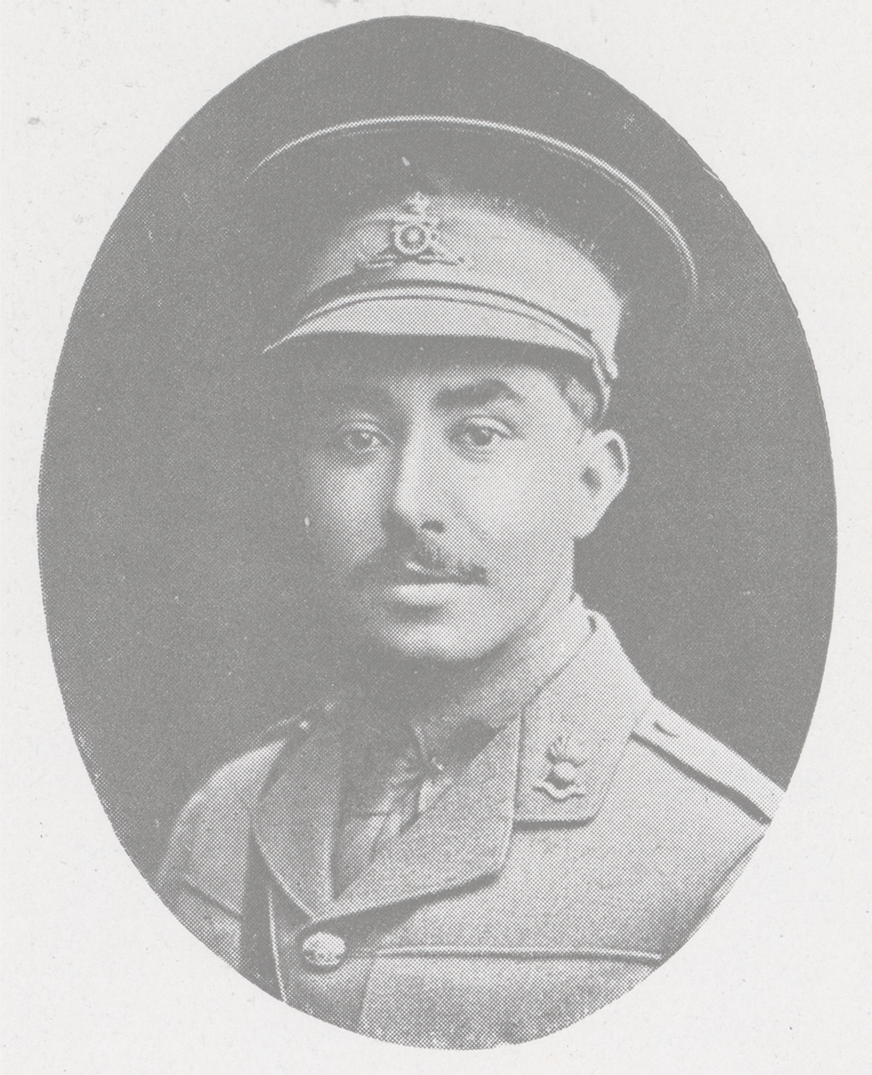The extraordinary story of
George Edward Kingsley Bemand
Second Lieutenant, Royal Field Artillery
Every individual who served in the armed forces brought with them their pre-war skills and experience. The military looked for these skills and often placed individuals with technical experience into technical roles. Engineering takes time and skill to learn and during both world wars the military desperately needed individuals who could undertake a multitude of complex tasks while under fire. From survey defences and building roads, to calculating the fall of shells for artillery and operating complex and cutting edge technology in the midst of battle, these individuals were vital to the war effort.
Kingsley Bemand in Jamaica
George Edward Kingsley Bemand was born in Jamaica on 19 March 1892 to multiracial parents. His father George was white and his mother, Minnie was black. He spent much of his childhood in Jamaica before the family left for England, where George senior was already working. The family sailed for England via New York aboard the Lusitania in 1908.
The family made their home at 26 Woodville Road, Ealing. George was enrolled at Dulwich College in London, where he was a boarder. He did well at school and played cricket in the 2nd XI. In 1913, he left school and went to study engineering at University College London. He was remembered in the Engineering Laboratory as a good cricketer and ‘a cheery soul, always inclined for a joke.’
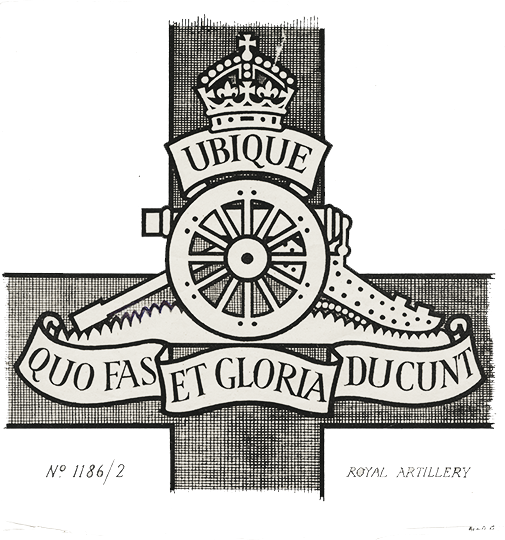
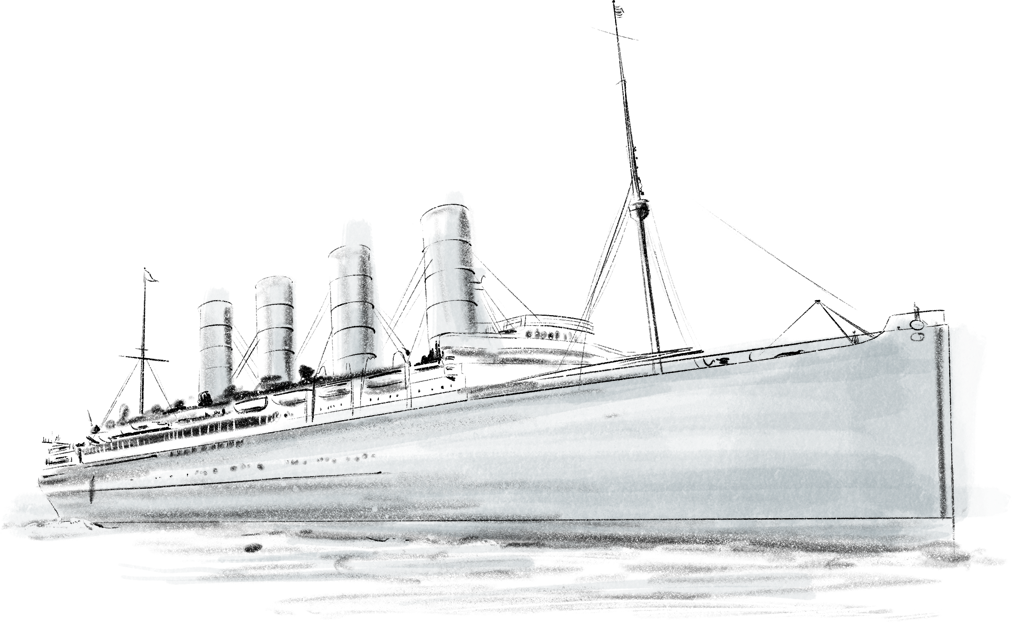
In the autumn of 1914, after the outbreak of war, George joined University of London Officer Training Corps. Following a period of training at Grantham in Lincolnshire, in May 1915 George became a second lieutenant in the Royal Field Artillery – making him one of the very first mixed-race officers commission into the British Army during the war.
After completing his training at the School of Artillery at Larkhill on Salisbury Plain, and a spell of leave with his family, George was posted to France in late 1915. He served with an ammunition column throughout the Battle of the Somme in 1916. The role of this unit was to keep the guns supplied with ammunition. It was an exhausting and dangerous job, but one which was often critical to the battle.
In October 1916, George was transferred to a Trench Mortar Battery. A fellow officer described George's work as ‘dangerous and lonely, though extremely important’ and how George always displayed remarkable courage when under fire.
December 1916 found him in northern France, spending a second war-time Christmas away from home and family. George has initially been told he was to go home on leave on 26 December, but this was later cancelled.
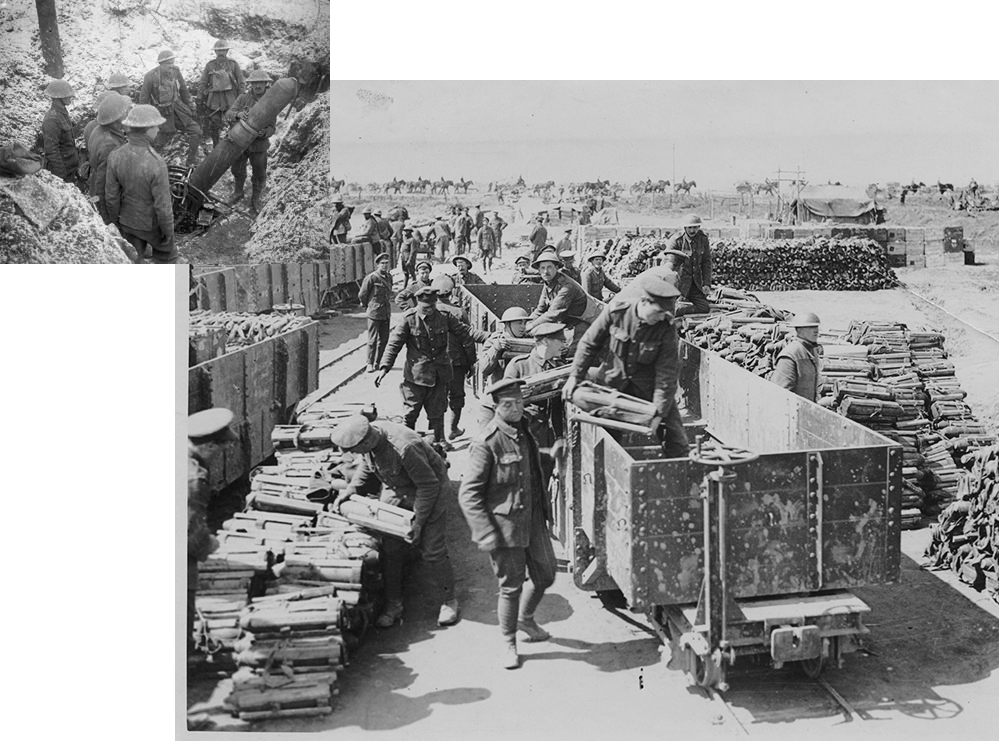
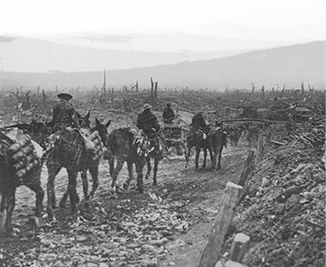
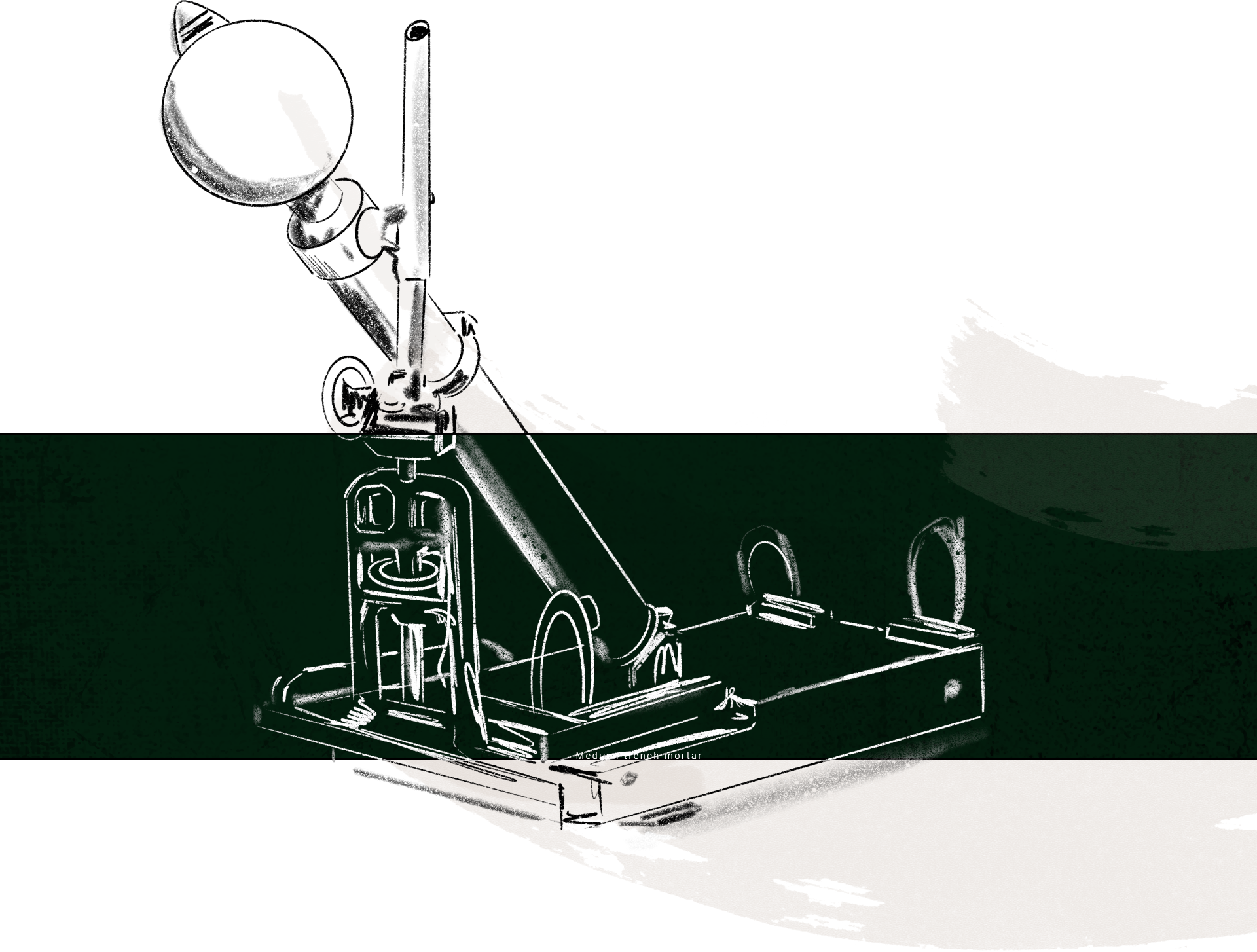
Shortly after Christmas, on 30 December 1916, Minnie Bemand received a telegram at her London home. It told her that George, her eldest son, had been wounded in action on Christmas Day.
Although wounded on 25 December, George had remained on duty. Unlike, at Christmas 1914, the fighting did not stop. The artillery had been ordered to keep up bombardment on the enemy’s front line. Tragically, in this exchange of artillery fire, George was killed the next day while serving in the trenches. His commanding officer wrote to describe what had happened.


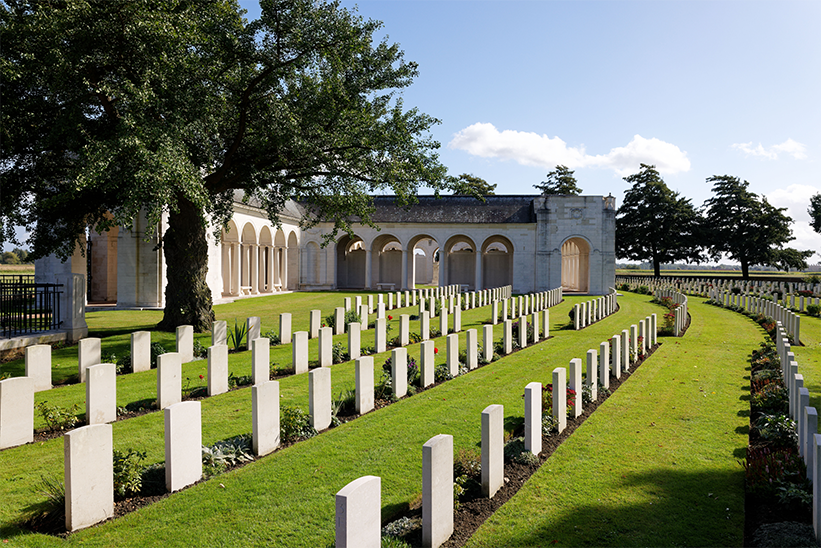
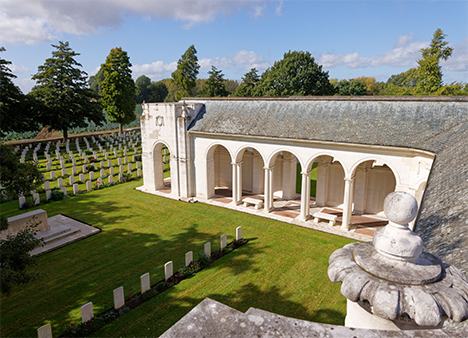
The bodies of George and Corporal Cook were dug out and taken back behind the lines for burial. The officer and men from the battery gathered as the bodies were carried to the graves. They were buried side by side in a cemetery which would become Le Touret Military Cemetery. The unit arranged for a cross to be placed over each grave.
Just six months later, Mary would lose a second son to the war, when Harold was killed in fighting near Ypres.
George Edward Kingsley Bemand
1892 - 1916
We'd love to hear your story
We use necessary cookies to make our site work. We'd also like to set analytics cookies that help us make improvements by measuring how you use the site. These will be set only if you accept.

